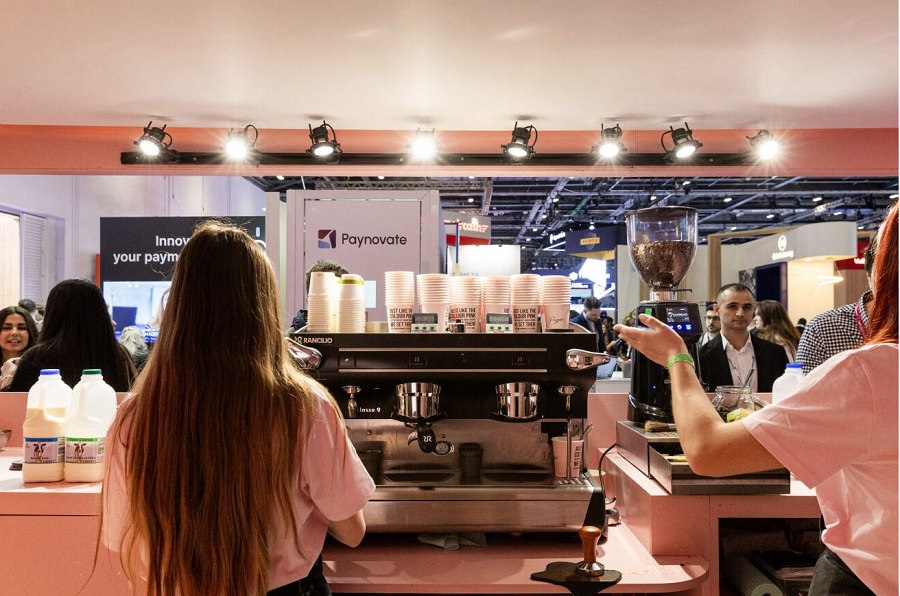
Exhibition stands aren’t just about looking good – they’re about stopping people in their tracks. On a busy show floor, you’ve got a few seconds to grab attention, spark curiosity and start a conversation. If your stand doesn’t do that, it’s just background noise.
At The Barista, we know what makes people stop and stay. We’ve supported thousands of brands at events across the UK and Europe, so we’ve seen what works (and what doesn’t). In this guide, we’re sharing the exhibition stand ideas that actually work, plus tips, themes and branding tricks to help you make a real impact.
Know your stand type before you get creative
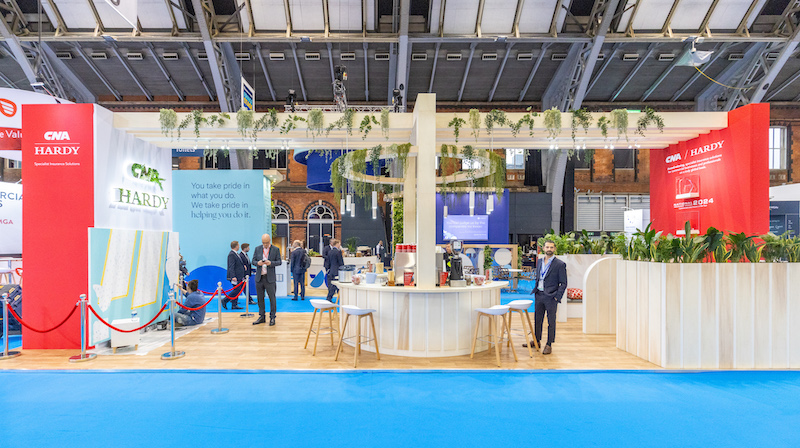
Your stand layout and construction will shape everything else, from how people interact with your space to what is realistic within your budget.
Shell scheme: A simple, pre-built stand included with many exhibition spaces and usually made up of plain white panels and a basic structure. It’s a cost-effective option and a blank canvas for branding, but offers limited flexibility in layout or design. With clever graphics, flooring, lighting and furniture, you can still make a big impact.
Modular stand: A flexible, reusable system built from panels or frames. These are great for brands that attend multiple shows and want a professional look that’s easy to adapt and transport. A modular stand means consistency without committing to a full custom build.
Custom build: A stand designed and built from scratch around your brand. These make a big visual impact and offer total creative freedom – ideal for storytelling, product demos or immersive experiences. These stands are high-impact and built for brand storytelling, but they require more budget and planning.
Island stand: A layout that’s open on all sides so people can approach from any direction. These stands give you great visibility and let you design a space that flows naturally, offering more freedom and movement.
Start planning early (and work backwards)
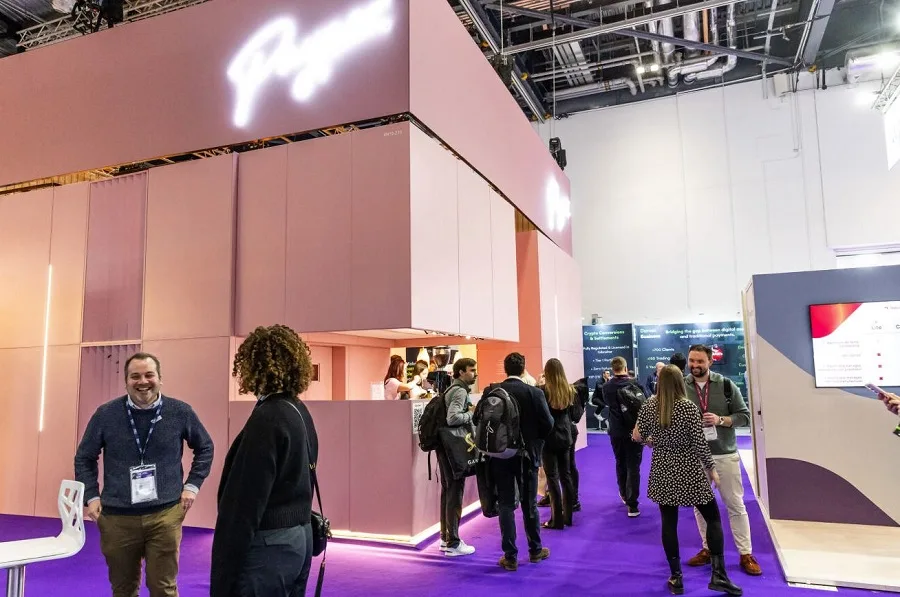
A great stand starts months before the event. Start with the event date, then work backwards to map out the key milestones.
Pre-event checklist:
- Book your stand space
- Choose your layout and build method
- Brief your suppliers early (designers, builders, hospitality, logistics)
- Confirm power, Wi-Fi, access and health & safety needs with the organiser
- Order branded materials and giveaways
- Finalise staff and prepare a simple guide with key talking points, product info and FAQs
- Test everything before show day
We recommend creating a timeline that covers six months out, three months, one month and final week checks. A clear checklist keeps everyone on the same page and reduces the risk of last-minute chaos.
Design for the way people move
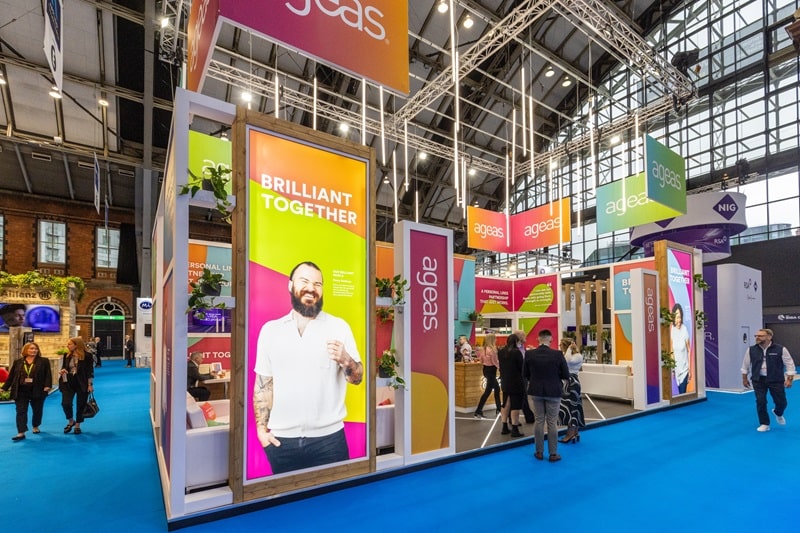
There’s a well-known rule in the exhibition world: you’ve got about three seconds to catch someone’s attention. That means your stand needs to do a lot, fast.
Big, bold visuals help, and so do clear messages at eye level. But beyond that, think about how people move through your space.
If your layout is awkward or too cramped, people won’t want to stick around. If your signage is only visible from one angle, you’ll miss half the room. And if there’s nowhere to stop and take a breath (or sip a coffee!), people will keep walking.
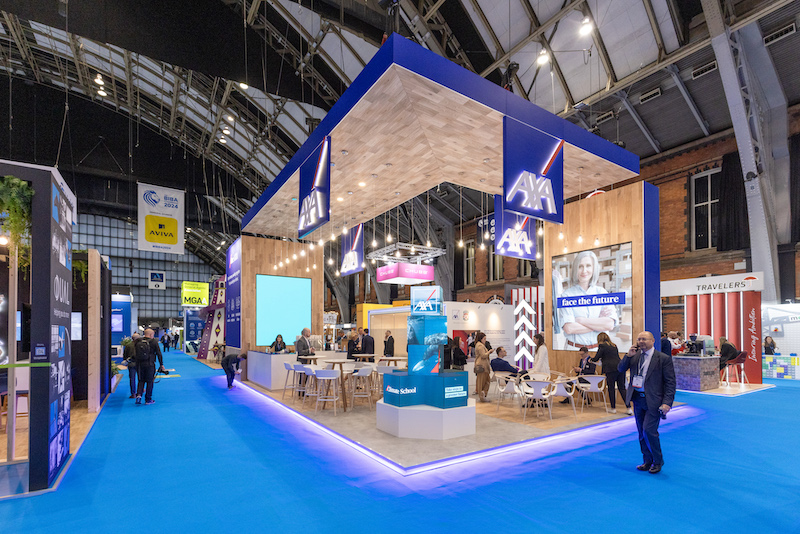
Here are a few quick tips:
- Use bold, clear signs at eye level and from multiple angles
- Highlight key areas with spot lighting or directional signage
- Make the entrance obvious and welcoming
- Use flooring patterns or textures to guide people through
- Create small zones for stopping and chatting – seating, counters or bars where guests can lean and chat
- Avoid bottlenecks by keeping pathways wide and open
- If the space allows, provide a natural route that flows past your key offers or products
Visitor flow can also vary depending on the time of day. People tend to be focused early on, whereas later in the day, they might be more relaxed or tired. Match your approach to their pace and energy.
Creative themes that draw people in
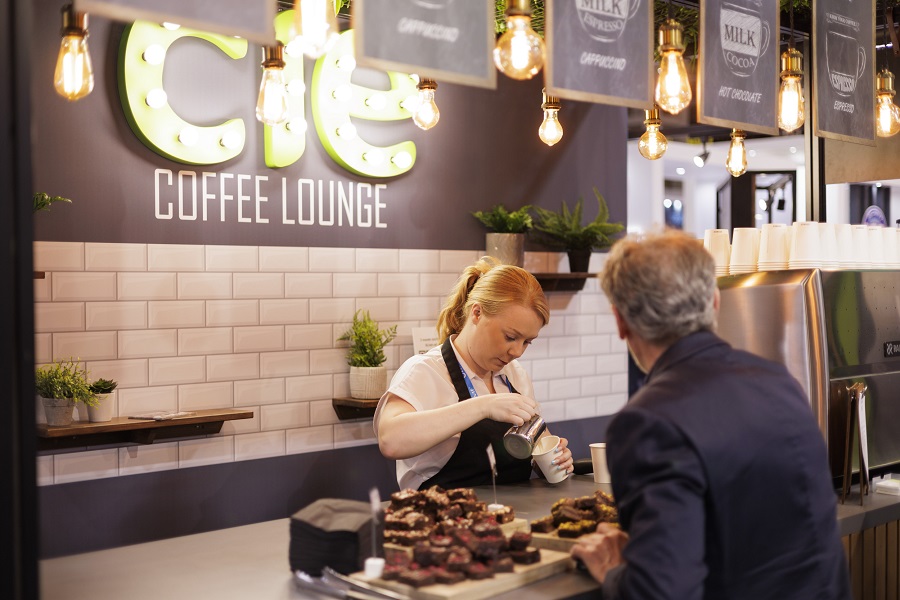
Let’s be honest, people don’t remember a stand that blends in. They remember the one with bold signs, warm lighting, or the one that felt like a cosy café where they were offered a great coffee.
Here are a few tried-and-tested themes that work across industries:
Coffee shop: Recreate the warmth of your favourite café with wooden textures, soft lighting and comfy seats. Add a barista and you’ve got an instant crowd.
Brand takeover: Pick one bold colour and run with it. Wall graphics, uniforms, coffee cups – make it completely immersive. We once worked on a Barbie pink stand that was impossible to miss.
Futuristic: Think sleek, modern and stripped back – clean lines, soft lighting and monochrome colours. It’s a minimalist look that gives off a high-end, innovative vibe, great for tech brands that want to show they’re ahead of the curve.
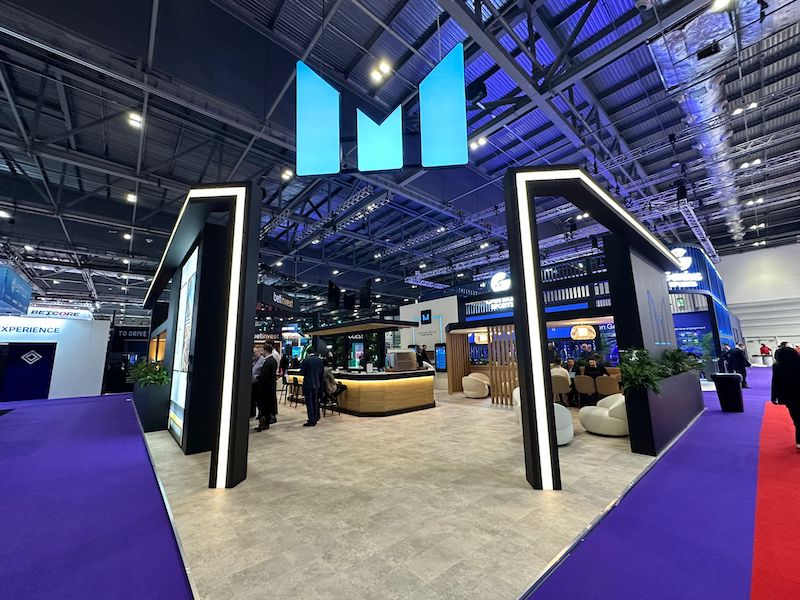
Boutique lounge: Inspired by a hotel lobby or private members’ club, this style brings in rich velvet textures and soft lighting ideal for serving premium drinks. It’s a great fit for luxury brands that want to offer guests a sense of exclusivity and comfort.
Seasonal charm: Play into the time of year with visual touches that keep things fresh – autumn leaves, spring bloom or a touch of festive sparkle. It’s a simple way to refresh your setup regularly and create a more memorable atmosphere.
We’ve seen these used successfully across tech, healthcare, education and pharma – with creative tweaks to suit different audiences.
Serve something people actually want

Freshly ground coffee has a way of turning heads, even in a room full of noise and distractions. It’s not just the drink – it’s the welcome. People relax when they’ve got a coffee cup in their hand. They stay longer, they chat more and they’re more likely to remember you.
When every detail’s considered, from branded cups and bar fronts to uniforms and seamless service, your hospitality becomes part of the stand itself. As an ESSA-accredited supplier with 12+ years in the industry, we know what it takes to get it right under pressure.
Our barista service: find out more
Branding that builds recognition
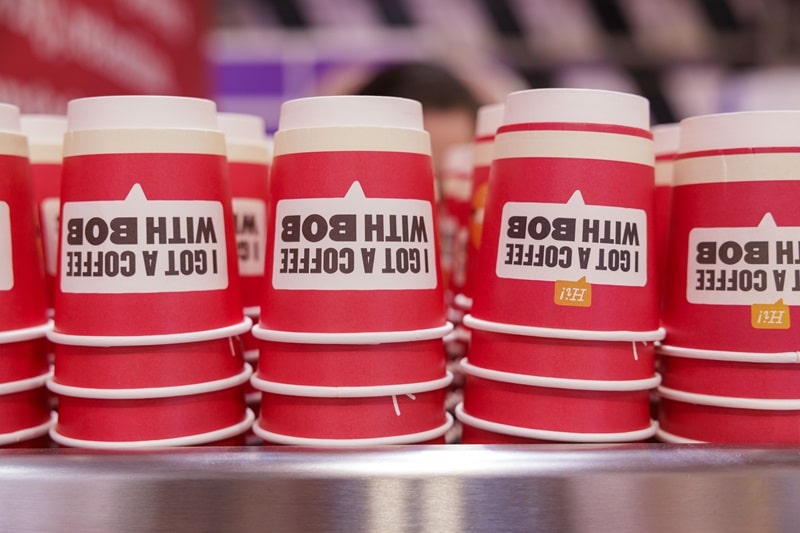
Bringing your branding to life is about more than just a logo. The most memorable stands are the ones where every detail works together to tell a consistent story. Here’s how to make your visual identity do the heavy lifting:
Keep it consistent
- Use your brand colours across every element – not just the stand, but uniforms, giveaways and signage.
- Match your fonts and tone of voice across all printed materials.
- Make sure your messaging is visible from every angle.
Brand your hospitality
- Custom coffee cups or napkins are subtle but powerful ways to boost visibility.
- Branded bar fronts can turn your coffee bar into an extension of your stand.
- You can even brand the uniforms to tie the whole look together.
Choose takeaways that stick
- Ditch the disposable freebies and opt for items people will actually use again.
- Our guide to eco‑friendly event giveaways is packed with useful ideas designed to be kept, not binned.
- And of course, a great cup of coffee always leaves a lasting impression.
Strong branding doesn’t just look good. It builds trust, creates recognition and helps people remember you when it counts.
Interactive elements for modern stands
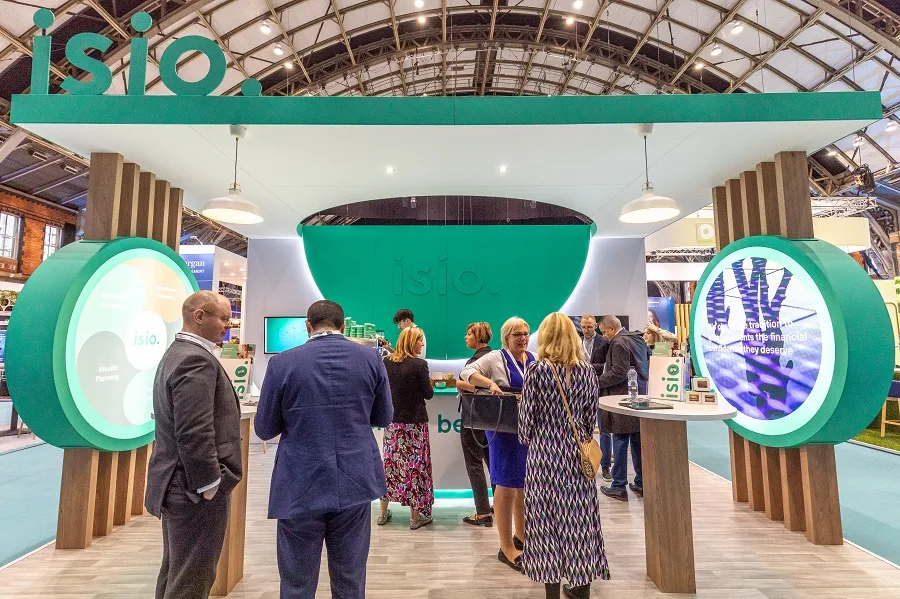
Beyond VR demos and some more flashy gimmicks, technology can support your stand in subtle but powerful ways:
- Use QR codes to collect leads or share product info
- Add interactive screens or iPads to help customers learn more
- Display live social feeds or videos
- Use augmented reality (AR) to show off products in more detail
- Try simple scheduling software to help attendees book a follow-up meeting.
- Use SmartServe to streamline coffee orders and collect leads without disrupting the flow of your stand.
Just make sure the tech serves a purpose – whether it’s sharing information or serving coffee through SmartServe – and always have a backup if Wi-Fi fails.
Budget-conscious exhibition stand ideas
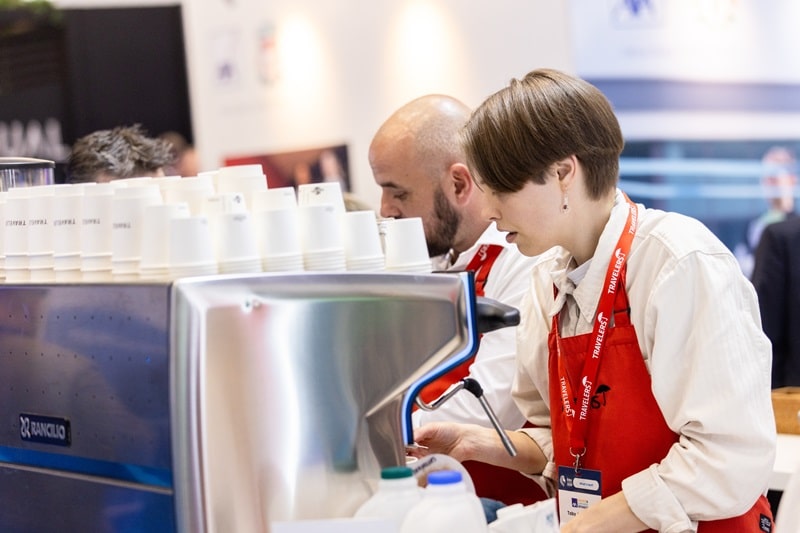
You don’t need a massive budget to make a memorable impact. With the right strategy and smart decisions, you can still create a stand that gets attention, feels professional and allows you to make the most out of your time at the event.
High-impact, low-cost solutions
- Focus on one or two standout ideas rather than trying to do everything at once.
- Use lighting creatively – it’s often cheaper and more impactful than large-scale displays.
- Incorporate visuals through printed backdrops, clever signage or digital screens that can be reused.
- Reuse existing materials and props, or hire more costly elements to get the look without the full price tag.
DIY elements that look professional
- Customise pre-made furniture or props to match your brand – a coat of paint or branded signage can go a long way.
- Print your own banners or fabric backdrops with clean, bold designs.
- Bring your own plants, lighting or décor touches to create atmosphere.
- Use your in-house team or local freelancers for design and setup where possible.
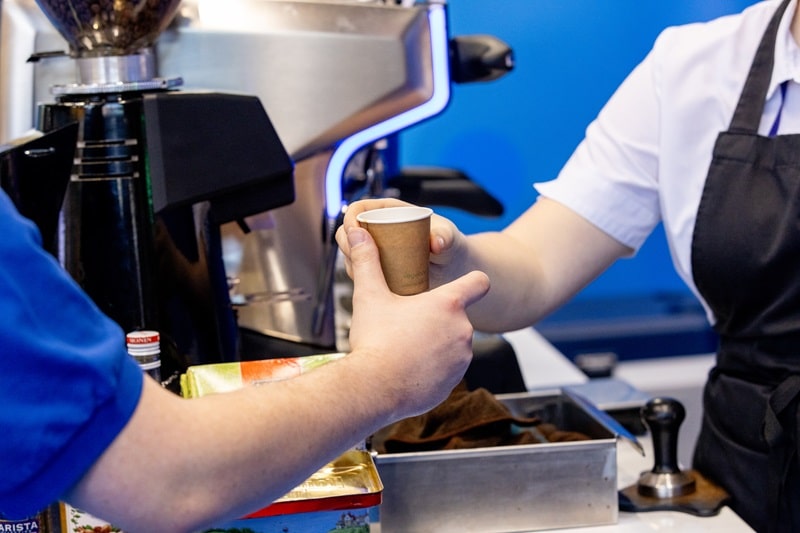
Rental vs purchase considerations
- Renting a modular stand can be far more cost-effective than building from scratch, especially for one-off or occasional events.
- Purchasing makes more sense if you attend shows regularly and want to reuse your stand elements.
- Some elements – like branded tablecloths or backdrops – may be worth buying, while others (like AV equipment or seating) are more flexible to rent.
A modest budget doesn’t have to mean a modest impression. With a clear focus and thoughtful execution, even simple setups can draw crowds.
Sustainability in exhibition stand design
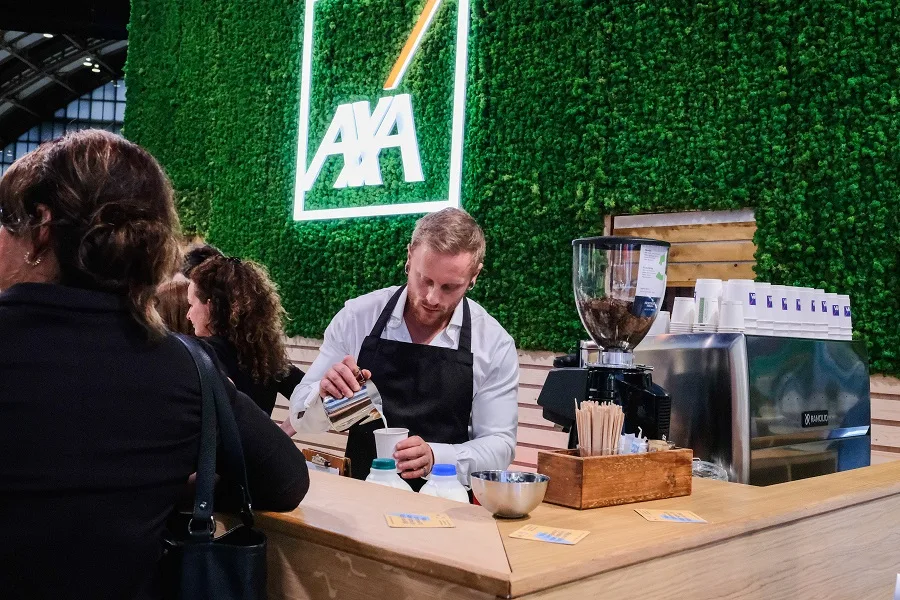
Sustainability’s become a real deciding factor at exhibitions – not just for organisers and exhibitors, but for visitors too. When you show that your values run through every part of your setup, people take notice.
At The Barista, we’ve seen firsthand how sustainability can be both meaningful and memorable. Our own commitment includes recyclable cups and packaging, low-waste operations and a carbon offsetting partnership with Ecologi. Through Ecologi, we support community-based carbon avoidance projects around the world – including clean water access, efficient cookstoves and sustainable energy.
Learn more about our carbon offsetting scheme
Here’s how to bring that same mindset into your exhibition planning:
Eco-friendly materials and practices
- Choose FSC-certified wood, recycled fabrics or other low-impact materials for stand construction.
- Opt for digital displays instead of printed posters that end up in the bin.
- Use LED lighting to reduce energy consumption.
- If you’re working with local suppliers or hiring elements near the venue, you’ll cut down on transport emissions and reduce stress on the day.
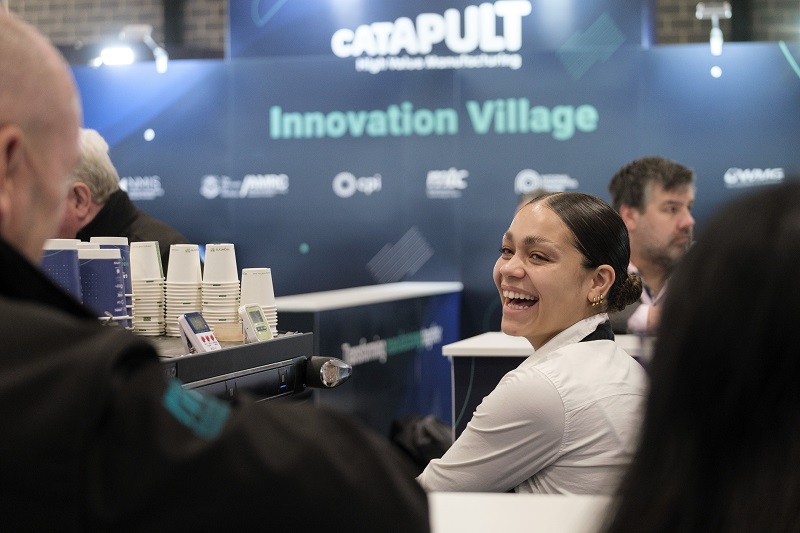
Reusable design elements
- Modular systems can be packed up and reused again and again – ideal for brands who visit exhibitions regularly.
- Avoid stand elements that are single-use or event-specific unless absolutely necessary.
- Choosing storage-friendly furniture and signage means less need to start from scratch each time.
Waste reduction strategies
- Swap single-use brochures for QR codes or digital downloads.
- Offering reusable giveaways is practical and better for the planet.
- Work with suppliers who offer recycling or low-waste packaging.
If sustainability matters to your audience, let it show in your setup. Tell the story behind your choices – it adds meaning, opens conversations and makes people more likely to remember what you stand for.
Don’t forget the boring stuff
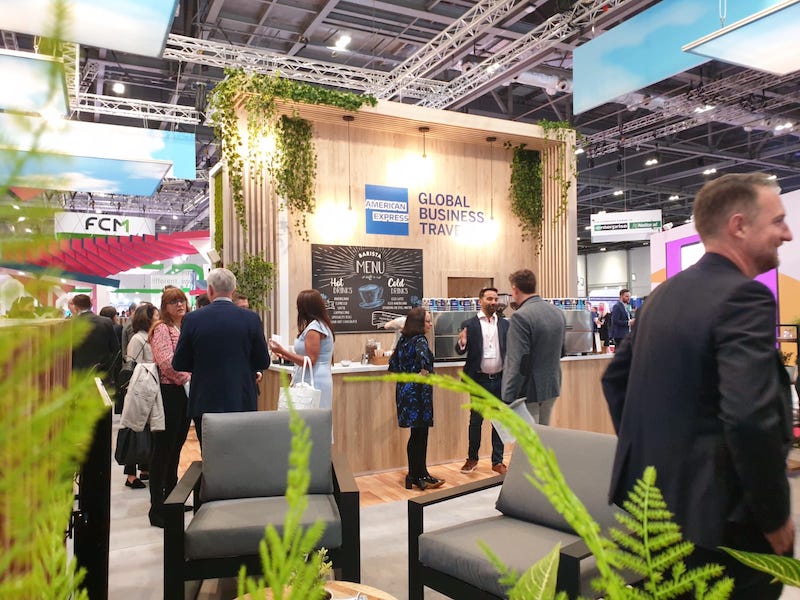
You can have the most visually impressive stand in the world and still miss the mark on event day with a few basic errors:
- No power where you need it
- No storage for bags, coats or boxes
- Coffee that falls flat
- No Wi-Fi or backup signal
- Unclear or missing signage
Your team is part of the stand. Make sure everyone’s briefed on your message, how to engage people and when to step back and let a conversation flow. A confident, friendly face can often beat a flashy setup.
Measure what matters
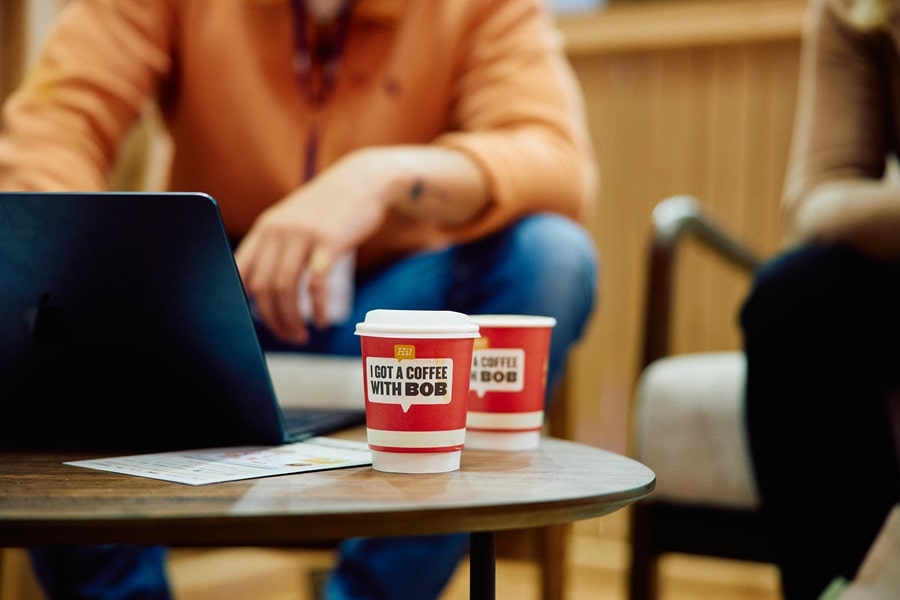
You’ve put in the time, effort and energy, and now it’s time to find out what worked. A successful exhibition stand isn’t just about the buzz on the day. The real value comes from what happens next and how you measure your exhibition stand success.
What to track
Set targets before the event and use tools that make it easy to gather insights during and after:
- Qualified leads captured
- Meetings booked or demos delivered
- Newsletter signups or app downloads
- Social engagement – mentions, tags or new followers
- Footfall and dwell time at the stand
- Cost per lead and time spent per visitor
Make sure you’ve got the right tools in place to track these from the start – whether that’s lead capture forms, QR codes, a CRM system or simple spreadsheets.
Make it easier with SmartServe
If you’re offering coffee at your stand, SmartServe can help you streamline lead capturing without slowing things down. Your guests simply scan a QR code to order their drink and enter their details, so you get accurate, GDPR-compliant data and a smoother visitor experience.
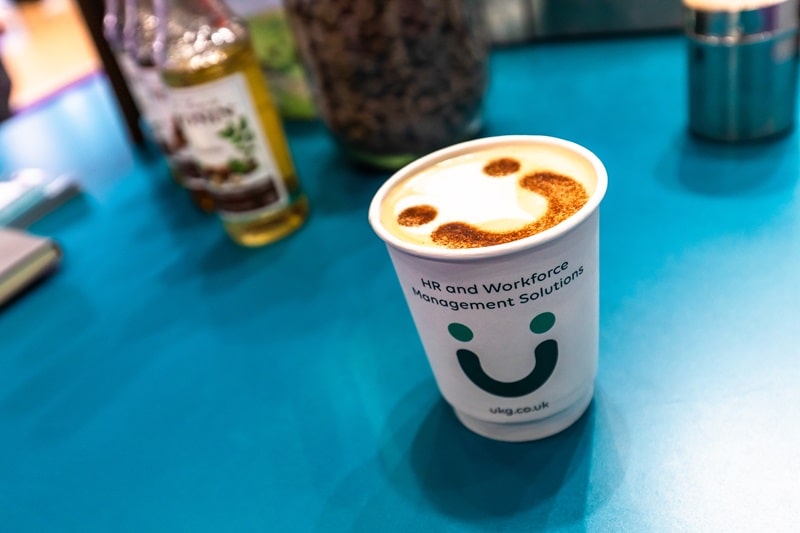
Debrief while it’s fresh
While the event is still fresh in everyone’s mind, bring your team together to review:
- What went well?
- What could be improved?
- Which stand elements were most effective?
- Which parts of the day were busiest or quietest?
- What feedback did visitors share?
These insights are gold for future planning. They’ll help you refine your approach, make smarter decisions and get even more value from your next event.
Ready to make your next exhibition stand your best one yet?
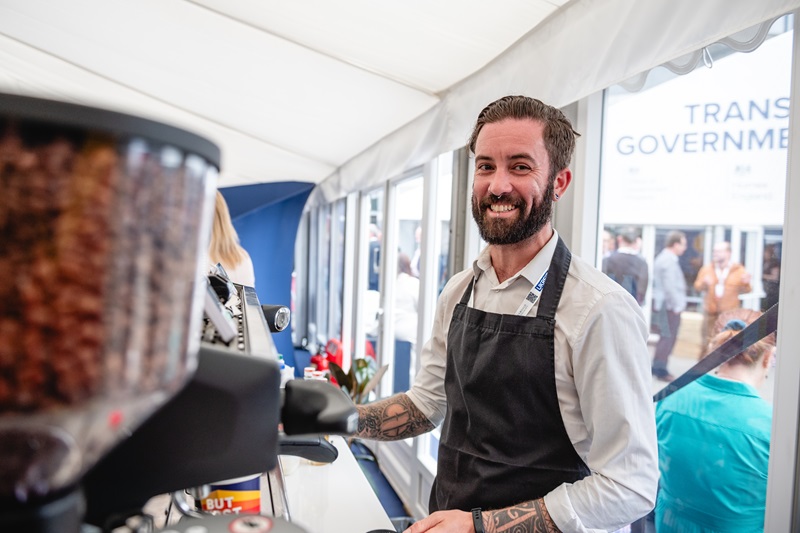
Whether you’re working with a small space or going big with a custom build, the most effective stands have one thing in common: they’re built around the people you want to reach. From first impressions to final follow-up, every detail plays a part in how your brand is seen. Do it well, and people won’t just stop – they’ll remember you.
Got an event in the calendar? Let’s make it one to remember. Tell us what you’re planning and we’ll help you serve something unforgettable. Get in touch today to get started.
